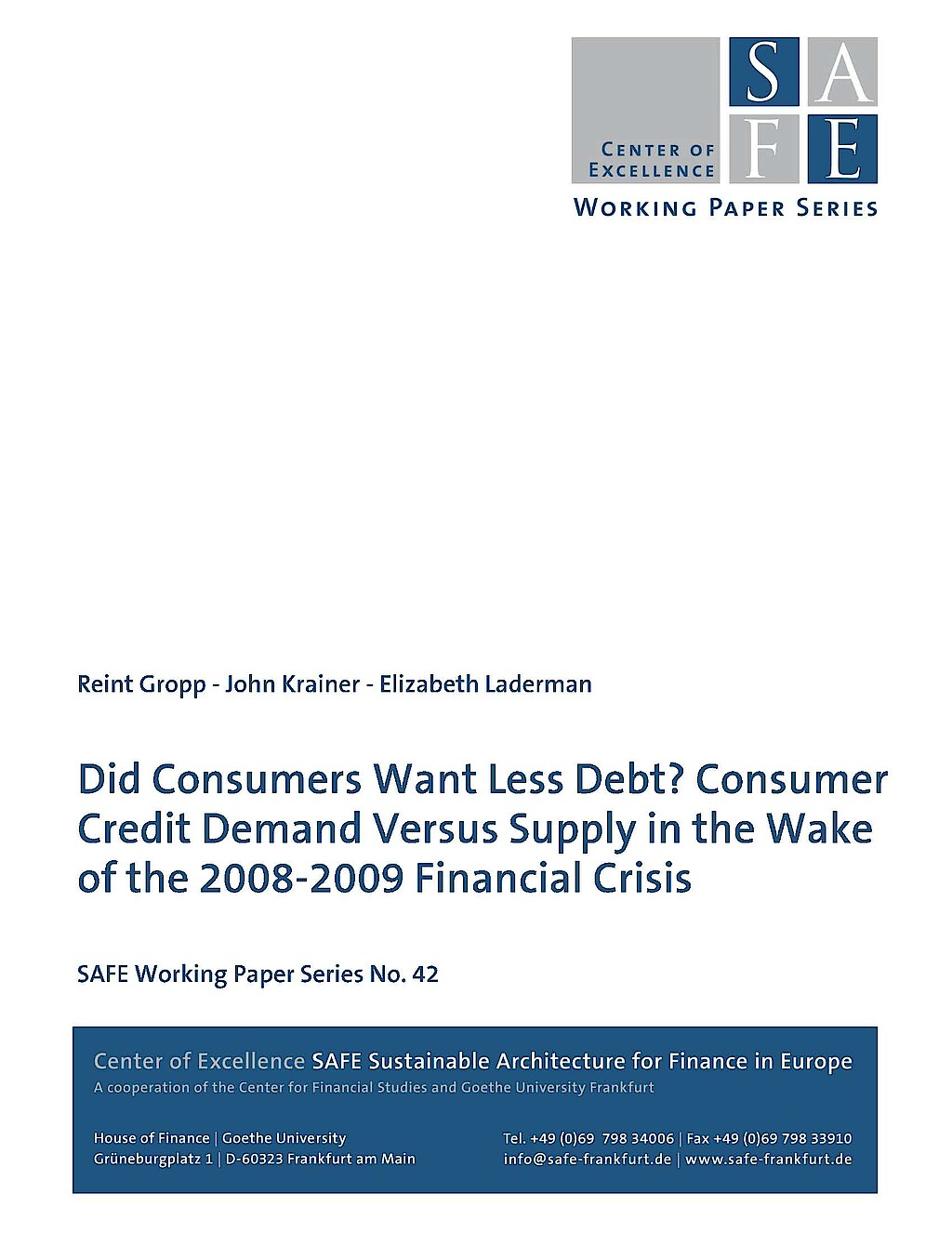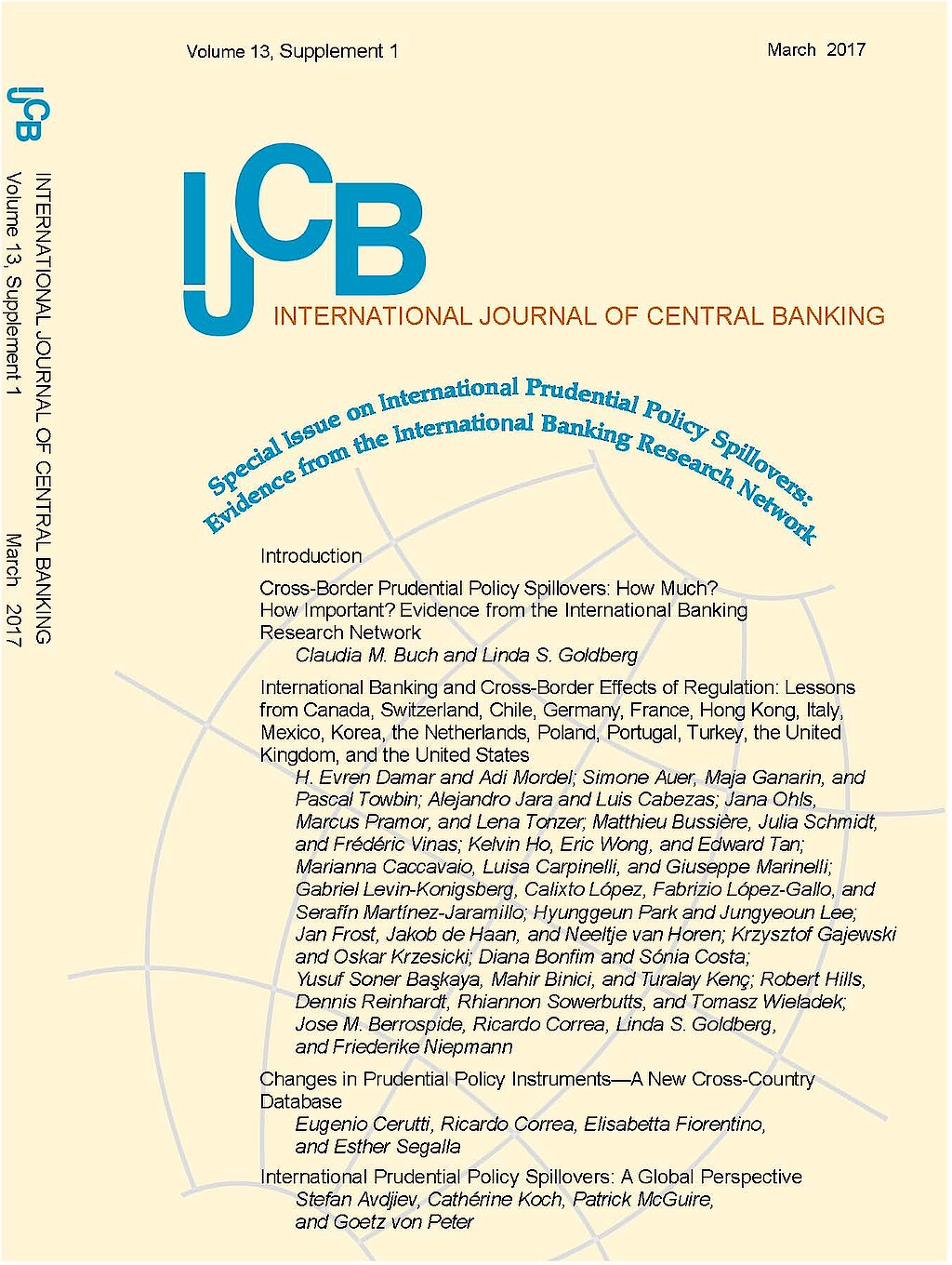
Did Consumers Want Less Debt? Consumer Credit Demand versus Supply in the Wake of the 2008-2009 Financial Crisis
We explore the sources of household balance sheet adjustment following the collapse of the housing market in 2006. First, we use microdata from the Federal Reserve Board’s Senior Loan Officer Opinion Survey to document that banks cumulatively tightened consumer lending standards more in counties that experienced a house price boom in the mid-2000s than in non-boom counties. We then use the idea that renters, unlike homeowners, did not experience an adverse wealth shock when the housing market collapsed to examine the relative importance of two explanations for the observed deleveraging and the sluggish pickup in consumption after 2008. First, households may have optimally adjusted to lower wealth by reducing their demand for debt and implicitly, their demand for consumption. Alternatively, banks may have been more reluctant to lend in areas with pronounced real estate declines. Our evidence is consistent with the second explanation. Renters with low risk scores, compared to homeowners in the same markets, reduced their levels of nonmortgage debt and credit card debt more in counties where house prices fell more. The contrast suggests that the observed reductions in aggregate borrowing were more driven by cutbacks in the provision of credit than by a demand-based response to lower housing wealth.





